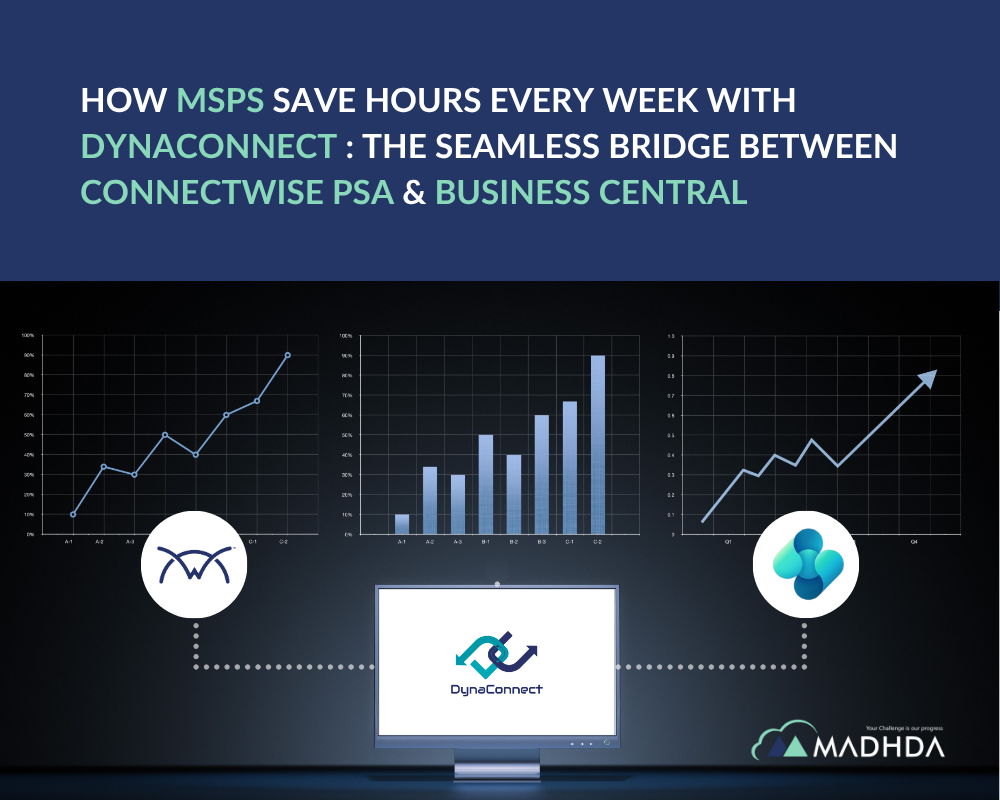Dynamics GP to Business Central Migration is a big leap. When done well, it yields stronger reporting, better scalability, lower maintenance, and cloud-native features that simply weren’t available in GP. But the road from GP to BC has many forks, and missteps along the way can stall your project, stretch your budget, or frustrate users. This guide will walk you through what tends to go wrong – and how your organization can avoid those traps.
What Often Goes Wrong
1. Misjudging the Scale of the Project
It’s tempting to think of this as a version of upgrade, but that mindset leaves gaps. Business Central is not simply GP with a new look – it’s a different platform. If you don’t plan accordingly, you’ll run into missing functionality, unsupported custom modules, or user confusion.
2. Migrating Too Much, Cleansing Too Little
Not all your past GP data really matters daily. If you bring in decades of transactions, unused vendor/customer records, or corrupted/incomplete data, it bogs down performance and inflates storage costs. Clean up first. Migrate what is active; archive or store historical info somewhere else.
3. Under-Training Your Team
Even experts in GP will bump up against different layouts, options, or workflows in BC. If adequate training isn’t part of project planning, users feel lost, productivity drops, mistakes increase – and that undermines confidence in the new system.
4. Replicating Inefficient GP Workflows
Old habits die hard – but replicating GP customizations or convoluted manual workarounds in BC wastes the opportunity to modernize. Often standard features in BC, or extensions, or Power Platform tools, can replace or improve those manual processes.
5. Neglecting Reporting and Dimension Strategy
Business Central’s reporting model – dimensions, change in accounting structure, new tools – requires rethinking of how you report. If you wait until after go-live to design reports, mismatched data, missing fields, or unanticipated gaps show up, creating extra work.
6. Under-estimating the Integration Side
GP may have many third-party integrations (CRMs, warehouses, payroll, etc.). Each may need rework for API compatibility; data timing may need adjustment; latency, error handling can be different in cloud environments. Overlooking that causes surprises late in the project.
7. Choosing a Partner Without Enough Migration Experience
Not all Microsoft partners are equally strong in Dynamics GP to Business Central migrations. If the partner hasn’t handled similar migrations, you may find them under-prepared for the intricacies – such as how GP custom modules map to BC or handling multi-entity intercompany transactions.
8. Weak Change Management and Limited Stakeholder Engagement
If the business doesn’t understand why the migration is happening (beyond “we need a newer system”), resistance surfaces. Key users may push back silently or cut corners. It’s essential to align leadership, communicate the benefits, set expectations, and involve stakeholders from day one.
9. Overrun in Time and Budget
Any of the above issues tend to push things off schedule or force rework. Because decisions are delayed, testing is rushed, or change requests pile up without governance; you can find your project taking much longer and costing more than predicted.
How to Reduce the Risks
- Start with Discovery and Roadmap: Understand how your current GP setup works and what doesn’t. Define your goals, priorities, and how you will measure success.
- Get the data ready: remove duplicates, archive old data, and decide what needs to move and what can stay behind.
- Take another look at your processes before rebuilding them: Don’t just copy workflows; make them better for BC’s tools and cloud benefits.
- Design Your Reporting/DIMENSION Model Up Front: Think through your chart of accounts, dimension tags, what you’ll need in reports, dashboards, management insight.
- Inventory All Customizations, Integrations & ISVs: Determine which are essential; which can be replaced; which need re-engineering.
- Put a lot of money into training and adoption: Role-based training, pilot groups, UAT, support staff, and documentation.
- Governance and Change Control: A steering committee, a process for requesting changes, and regular updates for stakeholders.
- Choose the Right Partner: Someone who has done a lot of Dynamics GP to Business Central migrations, knows both systems inside and out, and can help after the go-live.
- Make a realistic project plan & Buffer Time: This should include discovery, configuration, testing (unit, integration, UAT), cutover, and hypercare.
- Post-Go-Live Monitoring and Optimization: After the migration, keep an eye on user feedback, performance, and usage. Plan for continuous improvements.
Migration Checklist to Keep You on Track
| Phase | Key Activities |
| Discovery / Planning | Make a list of all the modules, customizations, ISVs, and integrations you have. Then, define your current workflows and set goals and success metrics. |
| Design | Dimension / chart-of-accounts design; data model; interface designs; reporting & dashboards; security roles. |
| Data Preparation | Cleaning up data, archiving it, getting rid of duplicates, mapping data, and changing rules. |
| Set Up and Build | Set up the BC environment, configure the modules, create or replace custom functionality or ISVs, and connect with other systems. |
| Testing | Unit testing, integration testing, user acceptance testing (UAT) with key users, and performance/load testing. |
| Training & Change Management | Training based on roles, being ready for change, a communication plan, and pilot users. |
| Go-Live / Cutover | Last data migration, system switch, and user support. |
| Post-Go-Live Optimization | Keep an eye on KPIs, ask for feedback, make changes to processes, provide ongoing support and training, and grow. |
What You Can Get from a Successful Dynamics GP to Business Central Migration
- Faster closing times for financial transactions.
- Dashboards, reports, and real-time analytics give you better visibility.
- Less money spent on infrastructure and maintenance (cloud vs on-premises).
- Ability to grow, change, and add new services (like AI and Power Platform).
- More satisfied and productive users.
Final Words
Taking your business from Dynamics GP to Dynamics 365 Business Central is a big opportunity – but only if handled thoughtfully. The leap isn’t only technical; it’s strategic. When you align business goals, clean up data, engage your people, pick the right partner, invest in training, and design for the future – not just replicate the past – you set yourself up not just to survive the migration but to thrive with Business Central.
If you’re considering this move, start planning early. The path is manageable, but it takes discipline, resources, and clarity of vision. Do it right, and the rewards – efficiency, agility, modern operations – will last for years.
At Madhda, we’ve successfully guided dozens of organizations through Dynamics GP to Business Central Migration. We know what can go wrong, but more importantly – we know how to turn them into stepping-stones for success.
See our expertise in action!
For a detailed look at how we successfully managed a Dynamics GP to BC migration, read the full case study here.










